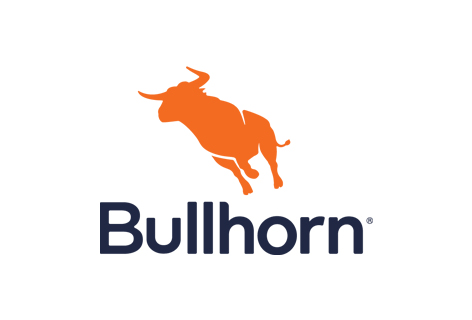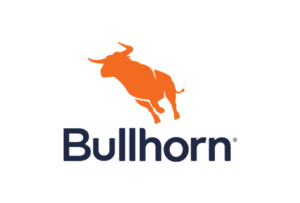How to Set Up DKIM for Bullhorn?

DomainKeys Identified Mail (DKIM) is a method for email senders to digitally sign email messages in a way that can be verified by email receivers. This allows receivers to verify that the message truly came from the sender, and has not been tampered with. DKIM is intended to address some of the flaws in the existing email system, such as spoofing, phishing, and message tampering.
Activating DKIM for Bullhorn
Before configuring your DKIM settings, Bullhorn advises that you enable SPF for Bullhorn. After that, in order to activate DKIM for Bullhorn, you must publish the following record on your DNS:
This is your Bullhorn DKIM public key.
The record name is: bh._domainkey that points to: bh._domainkey.bullhornmail.com
This is your DKIM public key for Bullhorn
How to Get Your DKIM Public Key Available for Bullhorn
- Sign in as the administrator to your DNS provider’s administration console.
- Go to the DNS records section of each of your domains.
- Depending on the type of DKIM record that has been provided to you, generate a TXT or CNAME record.
- Copy and paste the hostname and value
- Save your record’s modifications and wait 48–72 hours for your DNS to take effect.
Use our free DKIM record lookup tool to validate the published DKIM record.
You can use Skysnag’s free DKIM Checker to check the health of your DKIM record here
Enable DMARC for your domains to protect against spoofing. Sign up for a free trial today!
For more information on Bullhorn DKIM setup, you can refer to their reference documentation





